The Apple Watch Series 7 offers the same suite of sensors as the Series 6. These include an accelerometer, a gyroscope, a heart rate sensor, a barometer, an always-on altimeter, a compass, an SpO2 sensor, and a VO2 max sensor. These sensors have a host of health and fitness tracking features, including blood oxygen monitoring, heart rate monitoring, sleep tracking, fall detection, workout tracking, and more. Additional features include a new S6 processor that is up to 20% faster than the S4 and S5, a 2.5× brighter always-on display, and an always-on altimeter.
The Series 6 watch was updated with faster charging hardware such that it completes charging in ~1.5 hours. Force Touch hardware was removed, consistent with the removal of all Force Touch functionality from watchOS 7. The ECG system has received clearance from the United States Food and Drug Administration, a first ever for a consumer device, and is supported by the American Heart Association.
This device can also detect falls and will automatically contact emergency services unless the user cancels the outgoing call. The microphone was moved to the opposite side between the side button and the digital crown to improve call quality. Other changes include the digital crown incorporating haptic feedback with the Apple Haptic Engine and includes the new Apple-designed W3 wireless chip. The Series 7 is also equipped with new hardware that enables ultra-rapid, short-range wireless data transfer at 60.5 GHz, though Apple has not fully explained this new functionality. TechRadar gave it a score of 4.5/5, calling it one of the top smartwatches, while criticizing the short battery life. Digital Trends gave it a score of 5/5, calling it Apple's best product and praising the design, build quality, and software, among others, while criticizing the battery life.
CNET gave it a score of 8.2/10, calling it the "best overall smartwatch around", while criticizing the battery life and lack of watch face options. T3 gave it a score of 5/5, calling it a "truly next-gen smartwatch" due to its thinner body and bigger screen compared to the Series 3, and health features. Apple Watch Series 7 was launched at the company's "California streaming" event on Tuesday. The new Apple Watch model is the eighth iteration in the series of smartwatches launched by the Cupertino giant since its first generation in 2015.
The Apple Watch Series 7 comes as a significant upgrade over last year's Series 6, including a major redesign. There are 1.7mm thin borders to maximise display area while barely changing the dimensions of the watch itself. The addition of the new design also enables the Apple Watch Series 7 to deliver the largest-ever display that comes in the 45 millimetres size variant. Apple claims that using the new design, the Apple Watch Series 7 offers 20 percent more screen area than that of the Apple Watch Series 6, and 50 percent compared to the entry-level Series 3 model. Apple usually refrains from revealing the processor and RAM options on its wearables. However, Apple was categorical in stating that it has primarily focused on energy usage from the bigger and brighter screen.
The efficiency doesn't relate to battery life enhancement here, so on paper it's still 18 hours of playback time; though now the watch supports 33-percent faster charging USB-C. So, the difference between the two generations of Apple's smartwatches boils down to the importance placed on the larger display, the reduced charging time, water-and-dust resistance, and color options. If one has already made up one's mind, there is no persuading otherwise. The S7 SiP with 64-bit dual-core processor is up to 20% faster than the S5 in Apple Watch SE.12 The always-on altimeter detects your elevation in real time.
The key USP of the Apple Watch product lineup is its health and fitness features. While Apple hasn't provided any significant additions on that front, you're getting most of the commonly available features to track your health and wellness while on the go. The Apple Watch Series 7 offers blood oxygen saturation tracking using a built-in Blood Oxygen sensor. It is also capable of tracking heart rate using an electrical heart rate sensor that was first introduced on the Apple Watch Series 4 and also available on the last-generation model. The smartwatch can also detect atrial fibrillation and can provide an electrocardiogram report. Apple has also made some significant improvements to battery life and charging on the Apple Watch Series 7.
The company claims that the new smartwatches offer 18-hour all-day battery life, along with 33% faster charging than the previous model. Apple continues to make incremental improvements to the Apple Watch and that makes sense as it is one of the most popular wearables in the world. It's a fast, reliable smartwatch that helps manage both health and fitness.
A new QuickPath keyboard was announced which will probably be available for the Apple Watch Series 6 as well. Overall, the big changes to the Apple Watch Series 7 are almost entirely related to the screen, becoming larger, brighter, and more durable. While that is one of the most important aspects of the watch, the lack of new sensors means Apple Watch Series 6 owners should probably wait for the next generation. The Apple Watch Series 7 is a significant upgrade when compared to even earlier models and will offer good value if upgrading.
Now, although Apple will not officially sell the Apple Watch 6, users can still buy the previous-gen Apple Watch from third-party resellers until stocks last. So, which one should you get if you are in the market for an Apple Watch? Well, if you want the latest and greatest from Apple, we recommend you go for the latest Apple Watch 7. The larger display, dust resistance, and faster charging are reasons enough to convince prospective buyers. Otherwise, if you don't care much about these minor upgrades and just want the Apple Watch experience, go with Apple Watch 6, which will now sell at reduced prices. Overall, the Apple Watch Series 7 is a minor upgrade over the Apple Watch Series 6, offering larger displays and casing sizes, new color options, improved durability, the S7 chip, and faster charging.
These features are mostly iterative improvements rather than major reasons to upgrade, and the Series 7 does not add any new functionality. Initial reviews for the device have been generally positive with some caveats. Reviewers praised the watch's potential ability to integrate into everyday life and the overall design of the product, but noted issues of speed and price. Many reviewers described the watch as functional and convenient, while also noting failure to offer as much potential functionality as preceding smartphones.
Farhad Manjoo of The New York Times mentioned the device's steep learning curve, stating it took him "three long, often confusing and frustrating days" to become accustomed to watchOS 1, but loved it thereafter. Some reviewers also compared it to competing products, such as Android Wear devices, and claimed "The Smartwatch Finally Makes Sense". He concluded that there is no "killer application" so far besides telling the time, which is the basic function of a wristwatch anyhow.
It lacks fairly basic features like interval sessions and heart rate alerts. The 6 and 7 have the same array of sensors, including a blood oxygen sensor, an electrical heart sensor, a third-generation optical heart sensor, GPS, and a barometric altimeter. The Apple Watch Series 7 is powered by an S7 SiP , which is a rebranded S6 SiP from Series 6; watchOS 8 performance is identical on Series 6 and 7.
Force touch technology has been removed in Watch Series 6 and Watch SE. The watch also has a side button which can be used to display recently used apps and access Apple Pay, which is used for contactless payment. The watch then reverts to its original mode when recharged or after holding down the side button. Apple's sixth-generation wearable, the Apple Watch Series 6, arrived with a brighter always-on display mode. Naturally, the processor became faster than that of the earlier models and a new sensor was added. Blood oxygen measurement is useful in the diagnosis of some medical conditions, most notably sleep apnea, although Apple states that its sensor should not be used for that purpose. Instead, it gives a general idea of how well blood is oxygenated when at rest.
Given that there is little variation, almost always between 95 and 100-percent, the value of this sensor is much less than that of the heart rate sensor and ECG capability. That meant the Apple Watch Series 6 was not a huge upgrade over the previous generation. While you shouldn't expect a bump in battery life for the Series 7, it does juice up faster than earlier models thanks to a new charging architecture and a Magnetic Fast Charger USB-C Cable. Apple says it charges 33% faster than the Series 6—just 45 minutes of charging will take the watch from dead to 80% battery life.
And eight minutes on the charger offers eight hours of juice for overnight sleep tracking. As for fitness tracking, there are also no differences, at least on paper. The Series 6 has the same fitness- and health-tracking sensors as the newer watch.
You get a pulse oximeter, ECG, standalone GPS, and an optical heart rate sensor on both models. This is Apple's most powerful smartwatch yet and it features upgrades like a bigger screen, dust resistance, faster charging and more. But taking a deeper look at the differences between the Watch Series 7 andSeries 6, it doesn't seem like a major upgrade.
We tell you what has changed and what remains the same in this detailed comparison. It's worth noting that all of these features - except the always-on altimeter - can be found on the Series 4 and 5 too. The Apple Watch Series 7 doesn't have an official release date yet, and by all indications, it's pretty similar to last year's model. The most significant difference is the Apple Watch Series 7 has a bigger screen and thinner bezels, making the Apple Watch Series 6 screen look smaller side-by-side. Not to mention that the Series 7 comes in two slightly bigger case sizes — 41mm and 45mm — making the device just a bit bigger than the Series 6. The Apple Watch Series 7 is a minimal upgrade on the inside, but the new larger display with thinner bezels looks gorgeous.
While it has the same battery life as last year's model, the Series 7 has a USB-C charging cable included in the box that charges the watch up to 33% faster, so you'll spend less time juicing up than before. The Apple Watch Series 7 offers a number of upgrades and improvements on 2020's Series 6, offering a larger display with bigger casing sizes, faster charging, and the S7 chip, for a price starting at $399. Apple hasn't provided any significant additions to the health features on the Apple Watch Series 7. It is also capable of tracking heart rate using an electrical heart rate sensor that was first introduced on the Apple Watch Series 4. The smartwatch can also detect atrial fibrillation and can provide an electrocardiogram report, same as the Apple Watch Series 6.
Speaking of the battery, the Series 7 promises the same runtime as its predecessor, which is to say, about 18 hours. I generally found myself getting about half a day more from the new watch than the SE, despite the lack of an Always On display on the SE. The Series 7 usually stuck around for a day and a half, almost two, with the screen set to Always On, and tracking between three and five workouts. I also used the device to send plenty of messages and map my walks while I ran errands with the GPS on. That endurance is impressive given the larger screen, but it's worth noting that I haven't used the watch for sleep tracking yet.
Other than this, the Apple Watch 7 display is also 70% brighter vs the Apple Watch 6 display in terms of the always-on display. That means you will be able to check the time more easily when idle in comparison to the previous-gen model. Plus, Apple has redesigned some of the UI elements on the Series 7 to utilize the larger screen area.
For instance, you now have larger on-screen buttons, can read long texts in one go, new in-depth activity complications, and quirky watch faces to match the larger curved display on the Series 7. Moreover, unlike the previous-gen model, Series 7 features a full keyboard with swipe support to input texts. The Series 7 features several advanced health-tracking features Apple introduced on the Series 6 that you don't get on the SE, including sensors for blood oxygen saturation and electrocardiogram readings. The ECG function checks for signs of atrial fibrillation , an irregular heart rhythm that can lead to blood clots, stroke, heart failure, and other serious complications. Those features, plus the larger screen and always-on display option, justify the Series 7's $120 markup from the SE. For users who already have an Apple Watch Series 6, the Series 7 probably does not offer enough to warrant upgrading unless you particularly want a larger display, faster charging, or improved durability.
The design changes and new features are iterative rather than transformative, and there are no new major capabilities, so many Series 6 users may prefer to wait a little longer to upgrade. There is also the Apple Watch Series 3, which Apple sells for $199. This older model offers substantially fewer features and has a smaller screen.
The Apple Watch Series 3 is still a capable device, with 8GB of storage, water-resistance up to 50 meters, an altimeter, Emergency SOS, and an optical heart sensor. Functionally, it is more pared back than the Apple Watch SE, being thicker with larger bezels. With the Series 7, Apple definitely didn't reinvent its smartwatch, and there are also no larger changes compared to the Series 6.
But the slightly larger displays are surely nice to look at, and particularly the smaller model is enhanced by this. While the fast charging technology cannot be considered an innovation, it can make quite a difference in everyday operation, particularly if you want to use all the features of the watch to the fullest. Whether the charging update represents an important improvement really depends on how you use your Apple Watch. If you take it off when you go to bed and slap it on the charger, you'll hardly notice the change. Though the differences between the Series 6 and 7 seem minor, it's worth a reminder that most people who own last year's model likely aren't looking to upgrade yet anyway.
For anyone else who's looking for a new smartwatch, the Series 7 will be a satisfying purchase, especially if you've never used one before. It's not the best at sleep-tracking, though, so if that's a priority you might prefer a Fitbit. Despite its relatively high starting price of $400, what Apple offers is currently the best in the market, especially for the iOS ecosystem. The latest watchOS8 runs on the Series 3, 4, 5, 6, 7, and SE models. This means they all provide similar experiences, apart from any additional features on the later watches (e.g. ECD functions or fall detection sensors). The Apple Watch Series 7 offers a new QWERTY keyboard and QuickPath to help users type and send messages easier.
On the inside, the Apple Watch 7 boasts a 70% brighter Always-On display, IP6X dust protection, and similar water-resistance as previous models, as well as greater durability. There is no difference in battery life , however, the battery recharges 33 percent quicker. Thanks to the larger display on the Series 7, it also offers a full keyboard with QuickPath for replying to messages. All the Watch models being compared here have built-in GPS, optical heart rate sensor, speaker, microphone, water resistance up to 50 metres, emergency SOS, gyroscope and an ambient light sensor. Secondly, in the case of the Series 7 , the Digital Crown has an electrical heart rate sensor built into it, which is in addition to the optical heart rate sensor on the underside of the watch. The Watch Series 7 also has a blood oxygen sensor, like the Series 6, and it has reduced bezels surrounding the display, as well as an IPX6 dust resistance.
The bigger screen does look great and gives the Series 7 the ability to have a full QWERTY keyboard on your wrist. Yet, there aren't any new sensors or standout features to really wow us. A faster charge is a welcome addition, even though the battery life is still only about 18 hours.
The back, which is made from ceramics, houses a series of sensors consisting of green, red, and infrared LEDs that are accompanied by four photodiodes, which measure the blood oxygen content. The optical heart rate sensor measures the heart rate and rhythm, and there is also an electric heart sensor that is used by the ECG app. It can keep track of the number of laps and distance during Swimming workouts. During swimming, the touch function can be manually disabled with 'Underwater mode'.
Once this is turned off, by rotating the Digital Crown continuously, it uses the speaker to expel residual water through a series of 10 vibrations. Most recently used apps now are saved in the background, so apps and information load faster. The Series 2 was sold in casings of anodized Aluminium, Stainless Steel and Ceramic. In comparison to other Apple products and competing smartwatches, marketing of the Apple Watch promoted the device as a fashion accessory. Apple later focused on its health and fitness-oriented features, in an effort to compete with dedicated activity trackers. The watchOS 3 added fitness tracking for wheelchair users, social sharing in the Activity app, and a Breathe app to facilitate mindfulness.






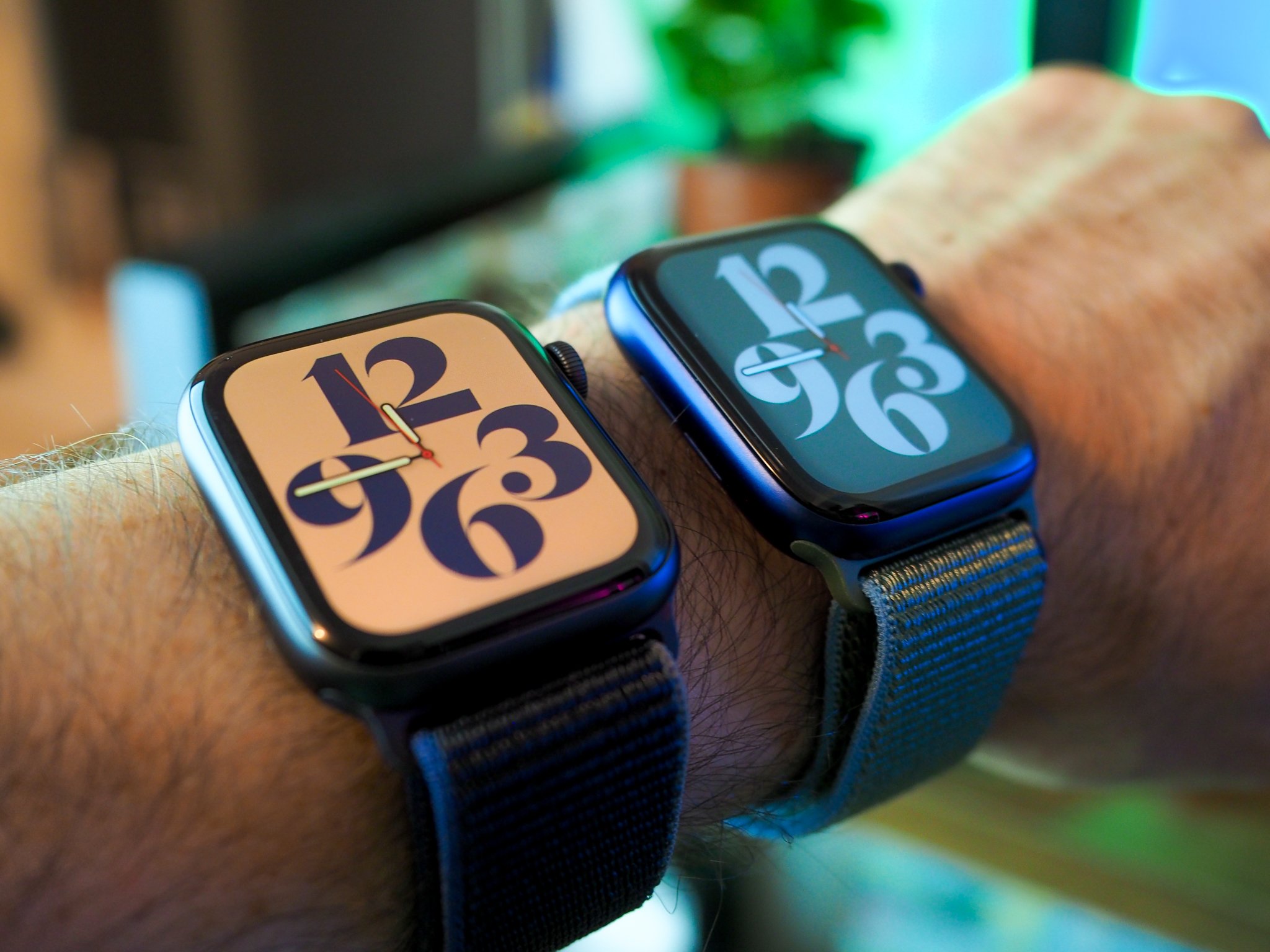





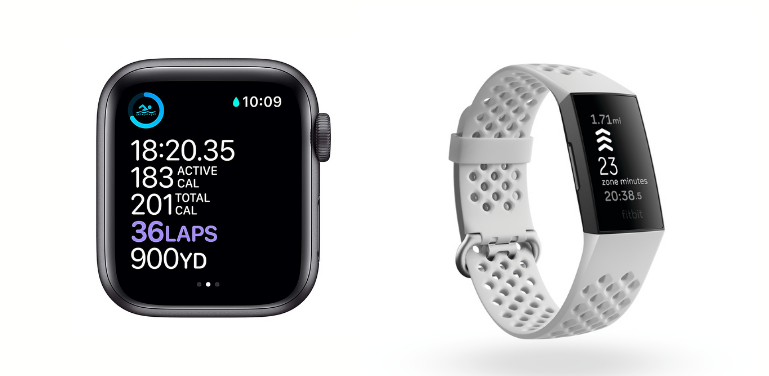

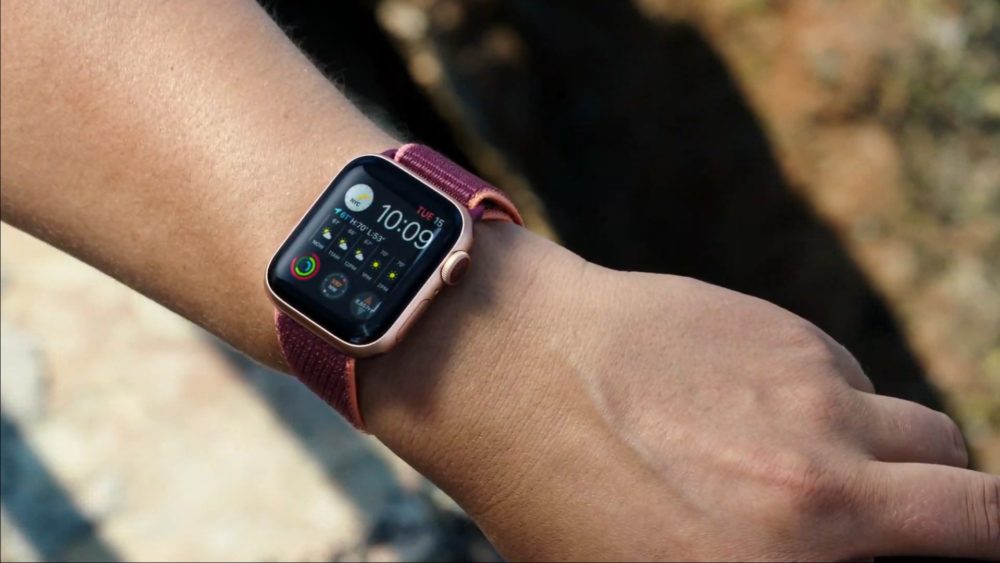


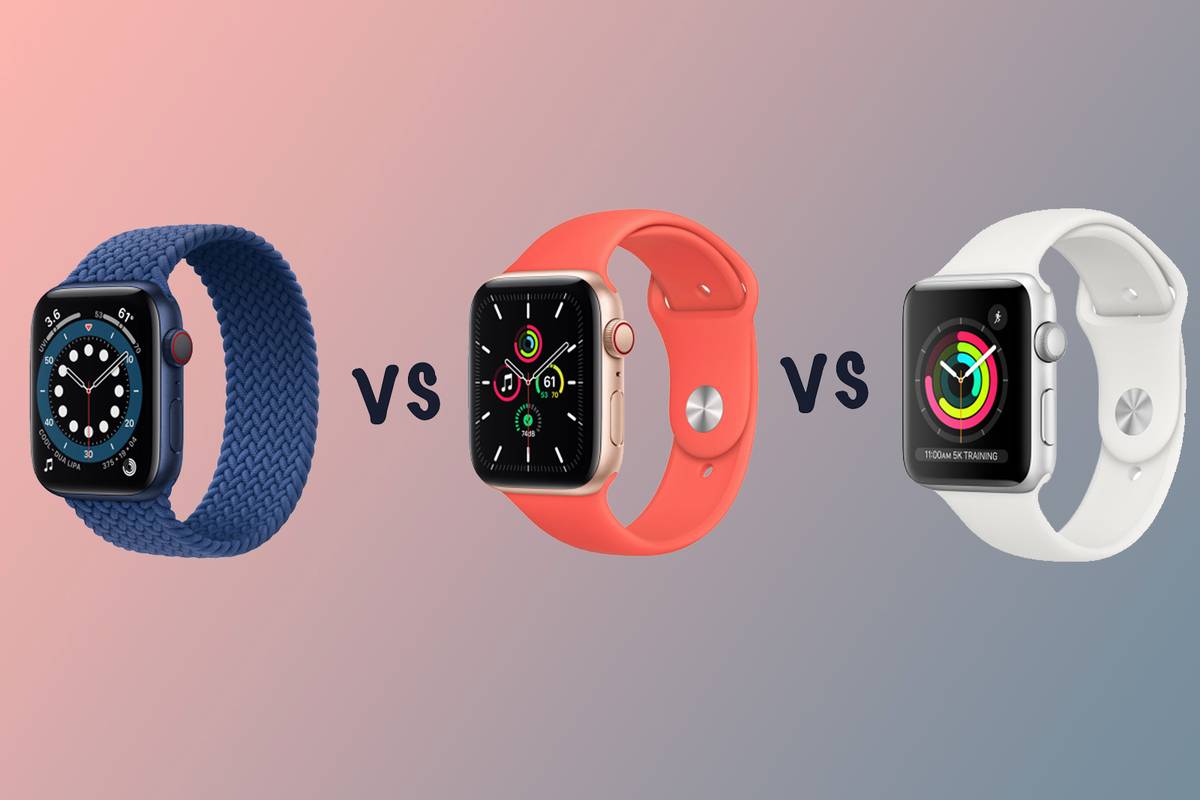



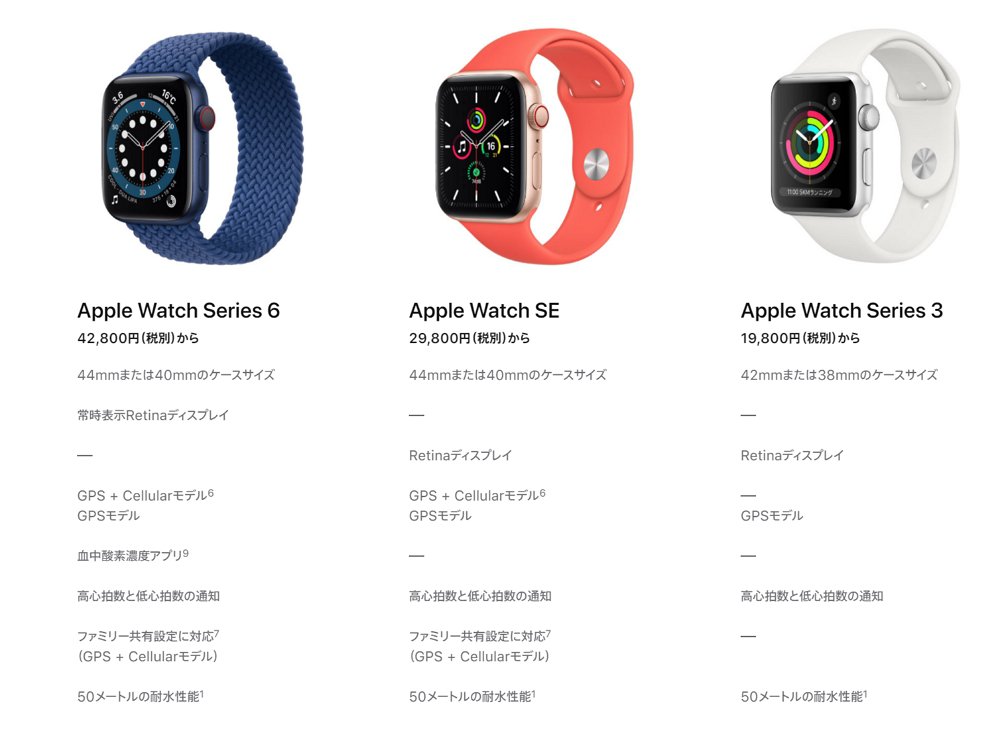

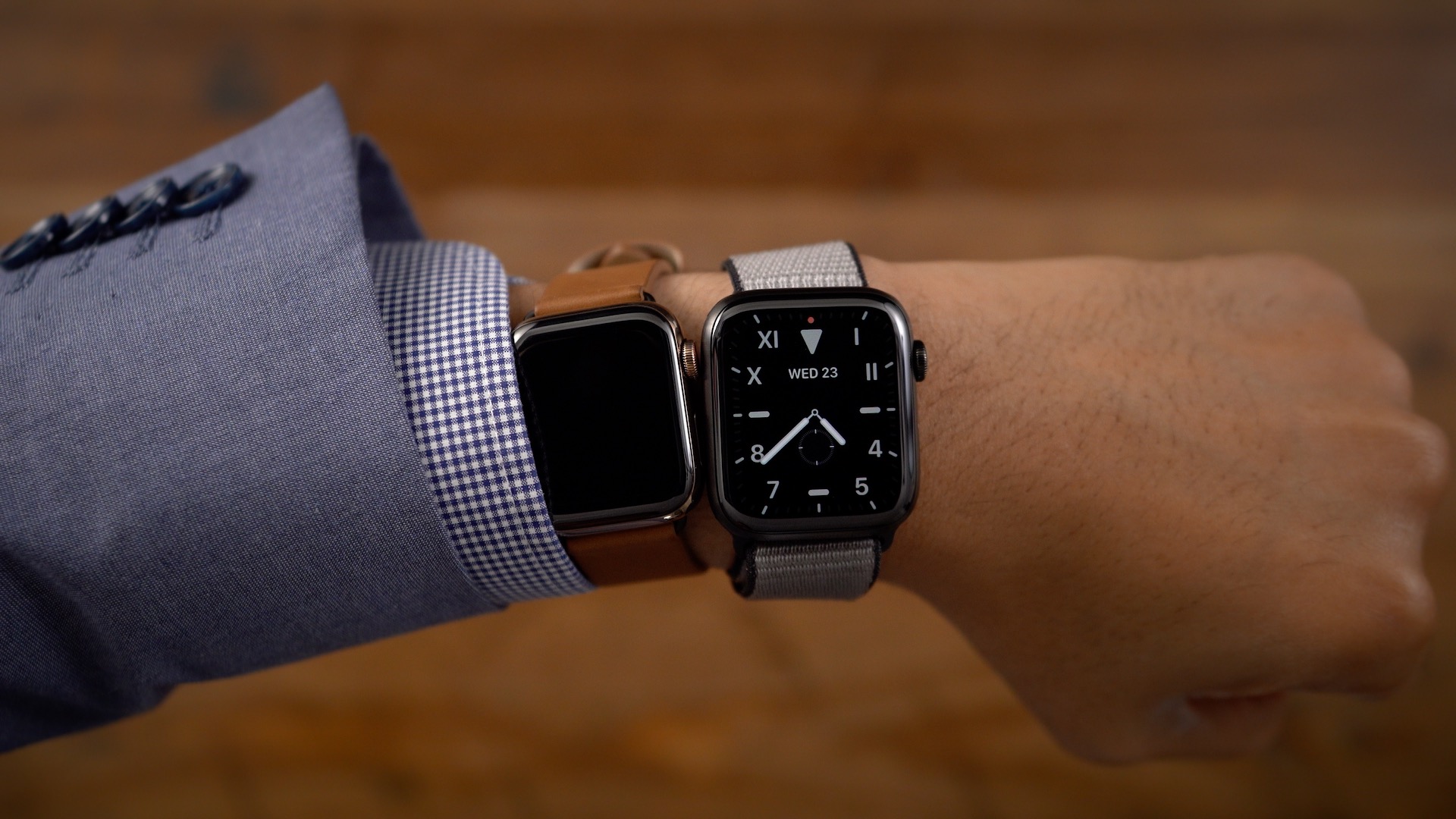





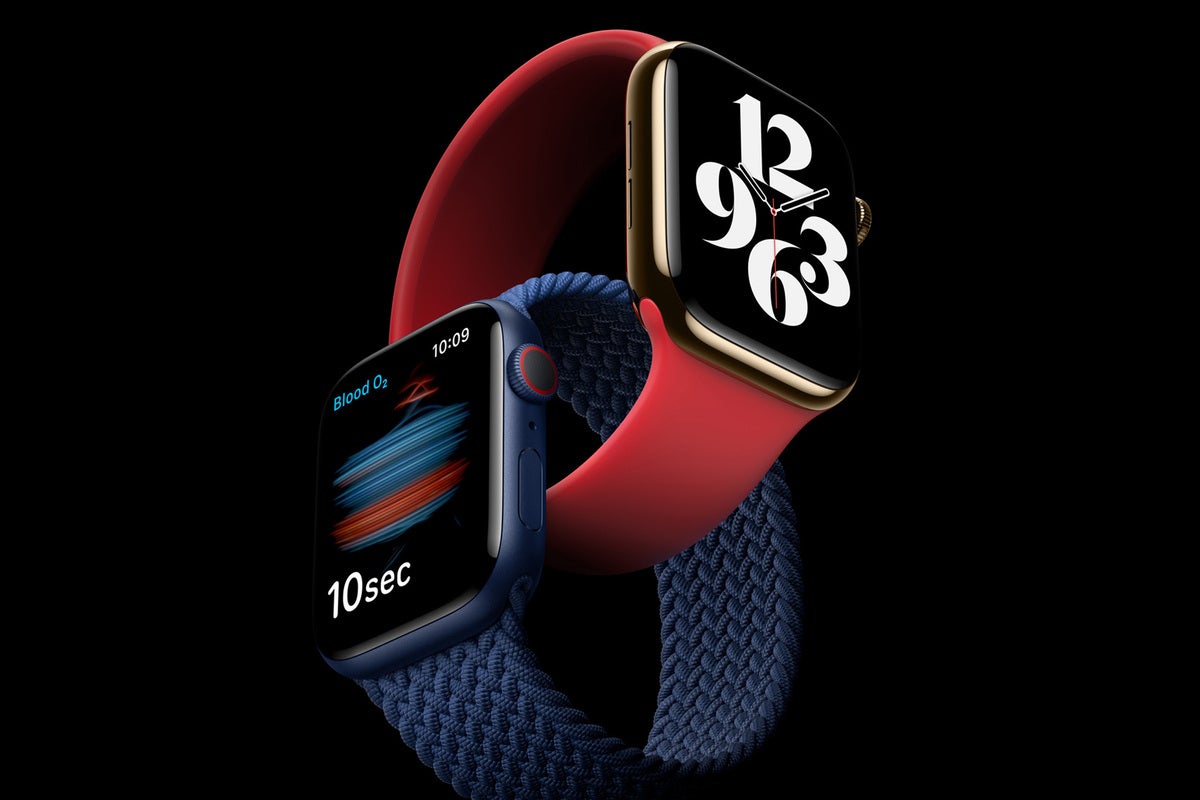

No comments:
Post a Comment
Note: Only a member of this blog may post a comment.